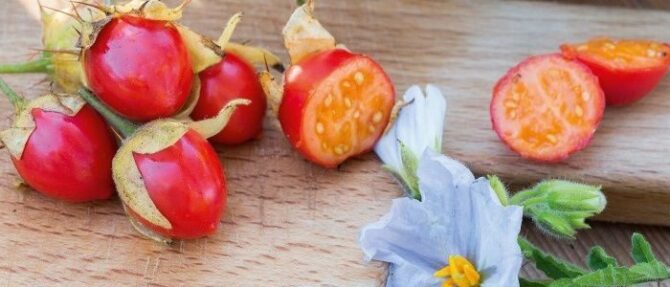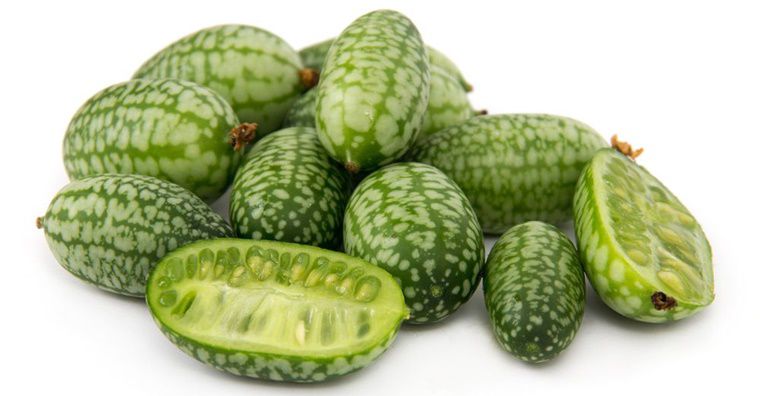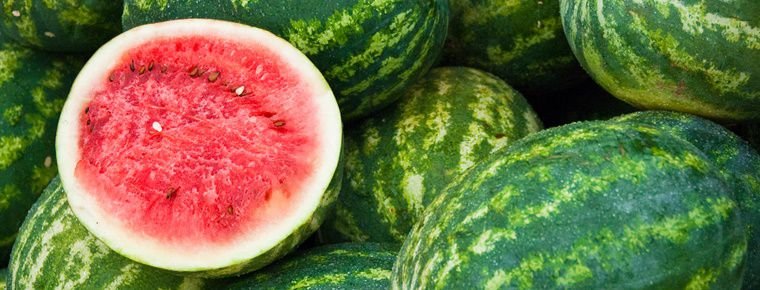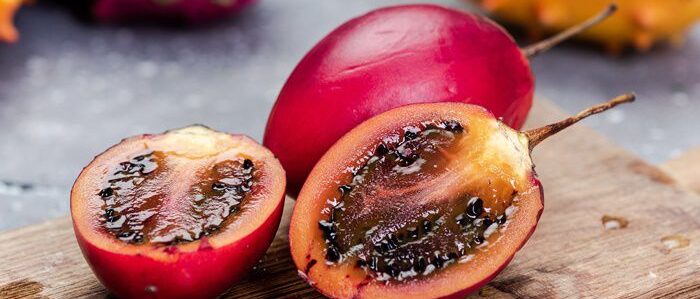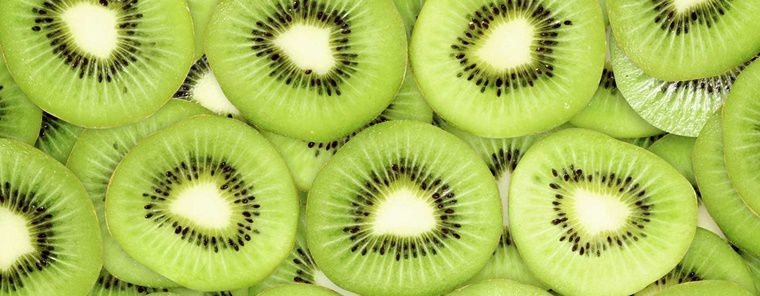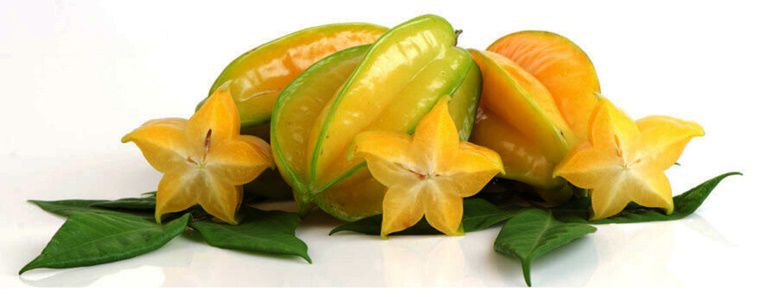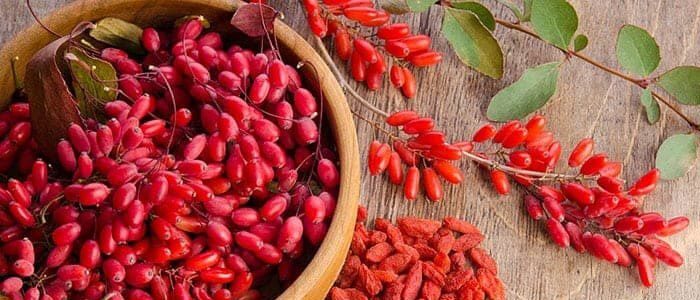Fruits
Growing Litchi Tomatoes
Growing Litchi Tomatoes, from seed to harvest. The Litchi tomato is a unique heirloom plant in both appearance and taste. It is native to tropical and warm temperate regions of South America. The litchi tomato fruits have been an important food staple in indigenous cultures for hundreds of years. The French botanist Michel Felix Dunal first described the Litchi fruit scientifically in 1813, hence the common French name Morelle de Balbis.
The plant is resistant to most pests and disease.The leaves and stems of the plant contain solasodine, a substance that is highly toxic to attacking fungi and insects.
Growing Litchi Tomatoes from Seed
- Start litchi tomatoes just as you would peppers and tomatoes.
- Sow litchi tomato seeds indoors 6 to 8 weeks before the last frost date for your area.
- Plant seeds a ¼ inch deep in seed flats or individual pots filled with sterile potting mix.
- Moisten the soil and place flats in a warm spot.
- Litchi tomatoes will germinate faster when soil temperature is at least 21°C.
- When seedlings have their first set of true leaves, thin to one plant per pot.
- Litchi tomatoes can be hardened off and transplanted outdoors once all risk of frost has passed and soil temperatures have warmed to 16°C.
- Plant litchi tomato seedlings at least 3 feet apart, as the plants can get very big.
- Litchi tomatoes require a long growing season, about 90 days from transplanting outdoors to harvest.
- It loves warmth and sunlight, but is very tolerant to light frosts and can survive in temperatures as low as -4°C.
- Will grow best in full sun but can tolerate some light shade too.
- The plant prefers moist and sandy soils and also grows well in clay soils.
- Litchi tomatoes are self-fertile but will produce more fruit when two or more are planted together.
Maintaining Litchi Tomato Plants
- Water at least once a week.
- Litchi tomatoes will eventually become massive thorny shrubs, but pruning them back regularly will make them much easier to manage.
- Flowering shoots emerge from the main stem and are leafless. You can cut back unwanted leafy branches, but try to leave the leafless shoots and suckers on the plant. Otherwise, you won’t get any fruit.
- The plant is resistant to most pests and disease.The leaves and stems of the plant contain solasodine, a substance that is highly toxic to attacking fungi and insects.
Harvesting Litchi Tomatoes
- Use gloves when harvesting, because the enitre plant is covered in spiny thorns.
- Litchi tomatoes are ripe and ready for harvest when the prickly husk pulls away to expose the vibrant red berries. The interior of the fruit is yellow to creamy gold.
- The longer you keep them on the plant, the sweeter they will be.
- The fruit should release easily from the calyx. If it resists, wait a few more days.
- Fruits that have fallen off the plant are a sign of peak ripeness so collect these as well.
- Litchi tomatoes placed loosely in a paper bag and put in the fridge should last about a week.
- Pack litchi tomatoes up whole in an airtight container and pop them in the freezer and they will keep for about a year. Freezing will change the fruit’s texture so it’s best to use these ones for making jams and sauces.
Disclaimer
Medicinal Information:
All medicinal information on this website is for educational and informational purposes only and may not be construed as medical advice. The information is not intended to replace medical advice or treatment offered by healthcare professionals.
Seeds, Plants, Plant Cuttings, Geophytes and Dried Herbs:
In some countries and provinces, certain plants are deemed as invasive and are not allowed to be planted at all, whilst some plants are allowed to be grown only in certain areas or provinces. The onus is on you as the buyer to familiarize yourself with the regulations pertaining to your location, before purchasing any of our seeds, plants, plant cuttings, geophytes or dried herbs. We will not be held liable, should you purchase any seeds, plants, plant cuttings, geophytes or dried herbs. from us which are prohibited in your country or province.

